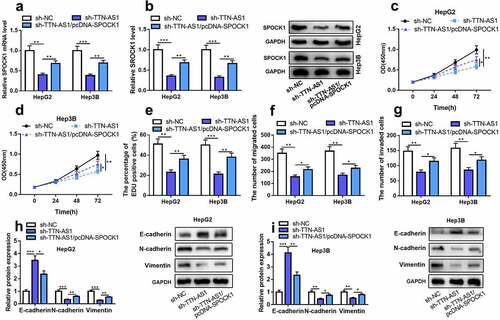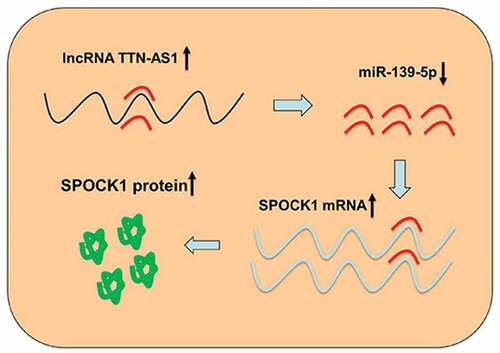Figures & data
Table 1. Relationship between TTN-AS1 expression and clinicopathological features
Figure 1. TTN-AS1 expression was significantly up-regulated in HCC tissues and cell lines
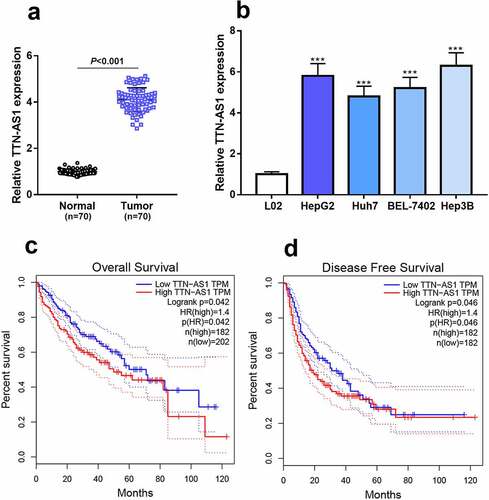
Figure 2. TTN-AS1 knockdown could inhibit the proliferation, migration, invasion, and EMT of HCC cells
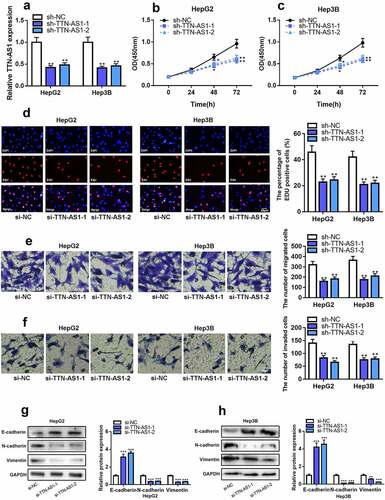
Figure 3. TTN-AS1 adsorbed miR-139-5p as a sponge to regulate the expression of SPOCK1
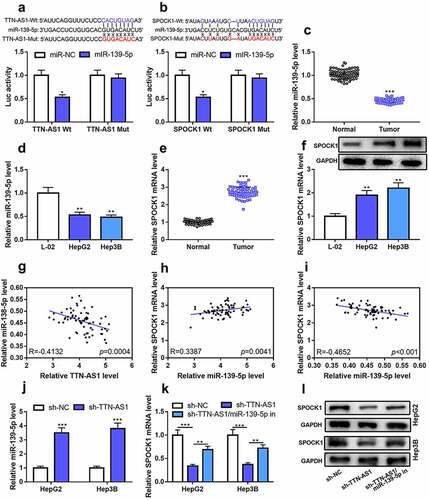
Figure 4. Overexpression of SPOCK1 could reverse the effects of knocking down TTN-AS1 on the proliferation, migration, invasion, and EMT of HCC cells
